As we navigate through 2025, the healthcare landscape is undergoing a transformative shift, driven by groundbreaking technologies that promise to revolutionize patient care and healthcare delivery. From artificial intelligence to advanced robotics, these innovations are not only enhancing diagnostic accuracy and treatment efficacy but also making healthcare more accessible and personalized. This comprehensive overview delves into the top 10 emerging health technologies poised to make significant impacts this year.
1. Artificial Intelligence (AI) and Machine Learning in Healthcare
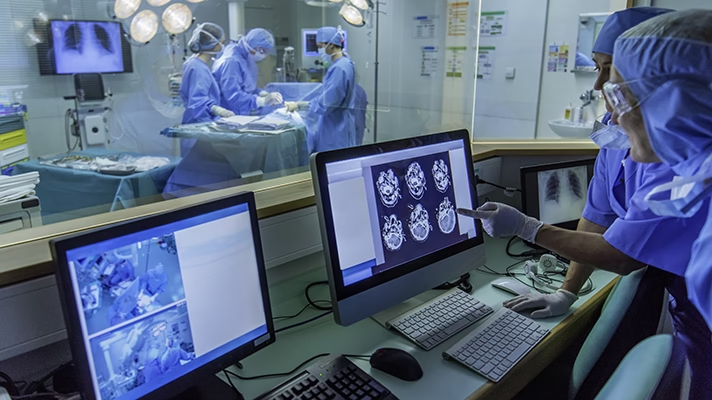
Artificial Intelligence (AI) continues to be at the forefront of healthcare innovation. Its applications range from predictive analytics to personalized treatment plans. For instance, AI algorithms are being utilized to analyze complex medical data, aiding in early disease detection and diagnosis. Hospitals like AIIMS Patna have integrated AI-powered devices to enhance patient care, particularly in diagnosing conditions such as cancer and heart diseases .
Moreover, startups like Superpower are developing AI-driven health applications that integrate lab tests, medical records, and wearable data to offer personalized health recommendations . These advancements not only improve diagnostic accuracy but also streamline administrative tasks, allowing healthcare professionals to focus more on patient care.
2. Remote Patient Monitoring (RPM) and Wearable Devices
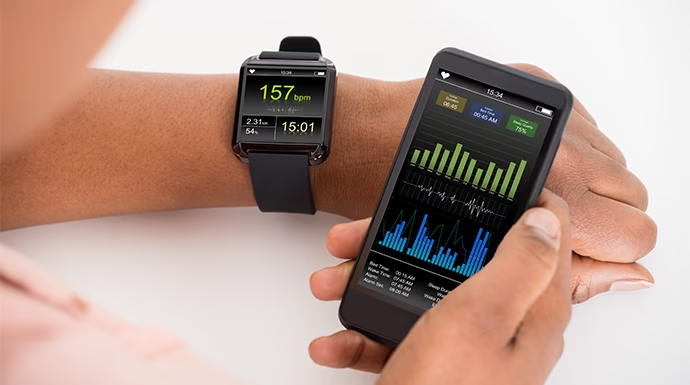
Remote Patient Monitoring (RPM) has emerged as a vital tool in managing chronic diseases and post-operative care. By utilizing wearable devices that track vital signs in real-time, healthcare providers can monitor patients remotely, leading to timely interventions and reduced hospital readmissions. Studies have shown that RPM can significantly improve outcomes for cancer patients, reducing hospitalization rates from 13% to 2.8% .
The integration of Internet of Medical Things (IoMT) devices further enhances RPM capabilities, enabling continuous data collection and analysis. This technology empowers patients to take an active role in their health management while providing clinicians with actionable insights.
3. Telehealth and Virtual Care Platforms

The expansion of telehealth services has been accelerated by the need for accessible healthcare solutions. Telemedicine platforms now offer a wide range of services, from routine consultations to mental health support. The UK’s National Health Service (NHS) has significantly expanded its app, allowing users to order prescriptions, view test results, and access treatment information, thereby reducing waiting times and improving patient engagement .
Telehealth not only bridges the gap for patients in remote areas but also alleviates the burden on healthcare facilities by managing non-urgent cases virtually. The integration of AI into these platforms further personalizes patient experiences, enhancing the quality of care delivered remotely.
4. Digital Therapeutics (DTx)
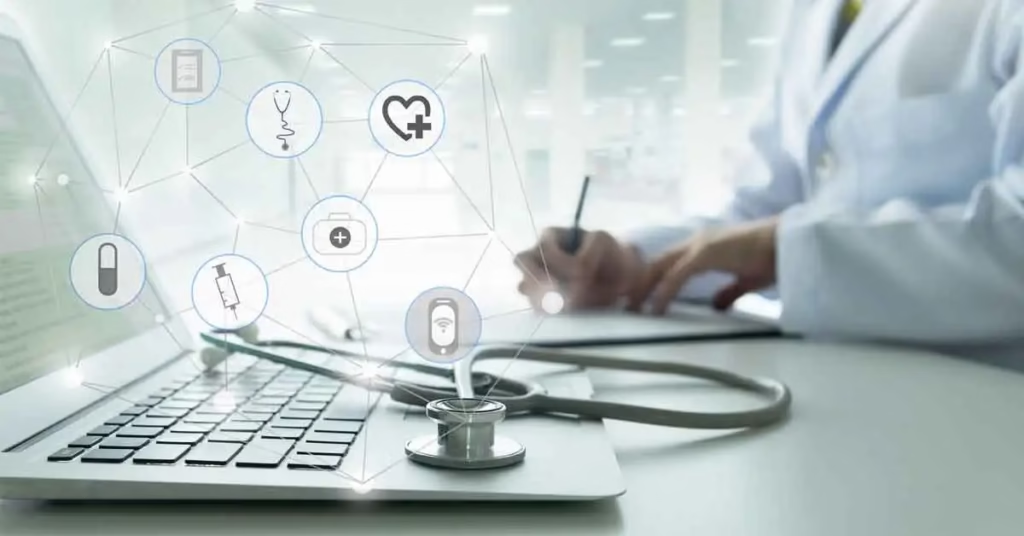
Digital Therapeutics (DTx) represent a novel approach to disease prevention and management through evidence-based software interventions. These applications are designed to treat various conditions, including diabetes, obesity, and mental health disorders, by promoting behavioral changes and providing real-time feedback .
DTx solutions are often used in conjunction with traditional therapies, offering a holistic approach to patient care. Their ability to collect and analyze patient data enables continuous monitoring and personalized treatment adjustments, leading to improved health outcomes.
5. Point-of-Care Testing (POCT)

Point-of-Care Testing (POCT) technologies have revolutionized diagnostic processes by providing rapid results at the patient’s location. Innovations like the Cornell NutriPhone allow for the assessment of micronutrient deficiencies using a single drop of blood, delivering results in approximately 15 minutes.
The portability and efficiency of POCT devices are particularly beneficial in remote or resource-limited settings, enabling timely diagnosis and treatment initiation. As these technologies become more sophisticated, their role in improving healthcare accessibility and reducing diagnostic delays continues to grow.
6. Theranostics and Personalized Medicine
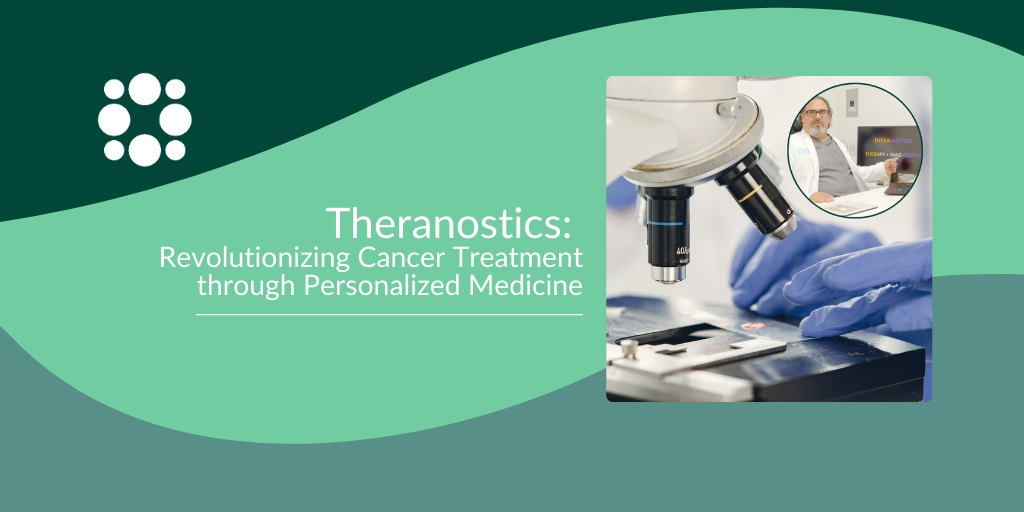
Theranostics combines therapeutic and diagnostic capabilities into a single platform, allowing for personalized treatment strategies based on individual patient profiles. This approach is particularly impactful in oncology, where radiolabeled agents can simultaneously diagnose and treat tumors.
Advancements in nanomedicine have further enhanced theranostic applications, enabling targeted drug delivery and real-time monitoring of treatment efficacy. By tailoring therapies to the unique characteristics of each patient, theranostics holds the promise of more effective and less invasive treatments.
7. Automated Insulin Delivery Systems
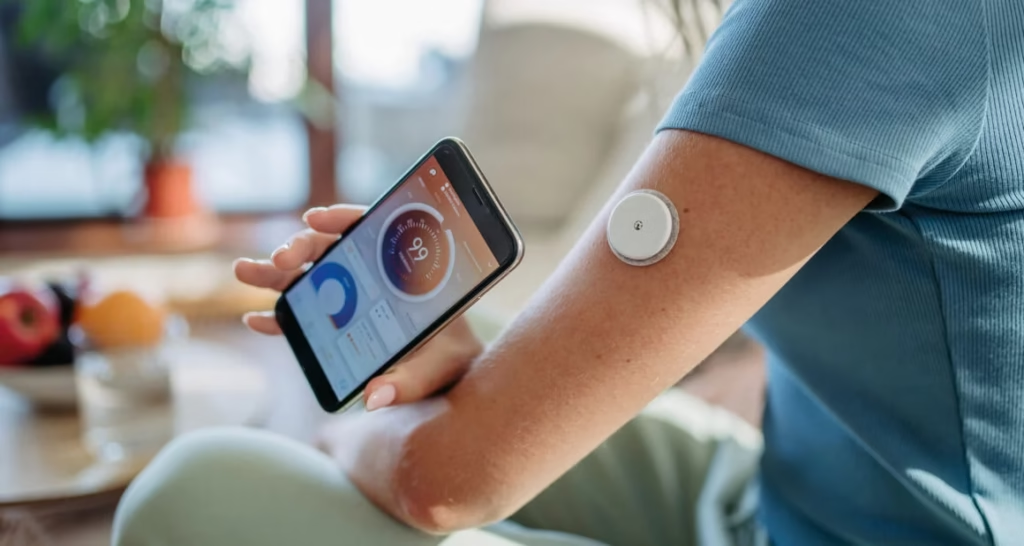
For individuals with diabetes, maintaining optimal blood glucose levels is crucial. Automated Insulin Delivery (AID) systems, such as the bio-artificial pancreas developed by Defymed, offer a groundbreaking solution. These implantable devices release insulin in response to glucose levels, mimicking the natural function of the pancreas without the need for immunosuppressive therapy.
The integration of stem cell-derived pancreatic cells within these systems represents a significant advancement in diabetes management, potentially reducing the burden of daily insulin administration and improving quality of life for patients.
8. Drone-Enhanced Emergency Medical Services (DEMS)
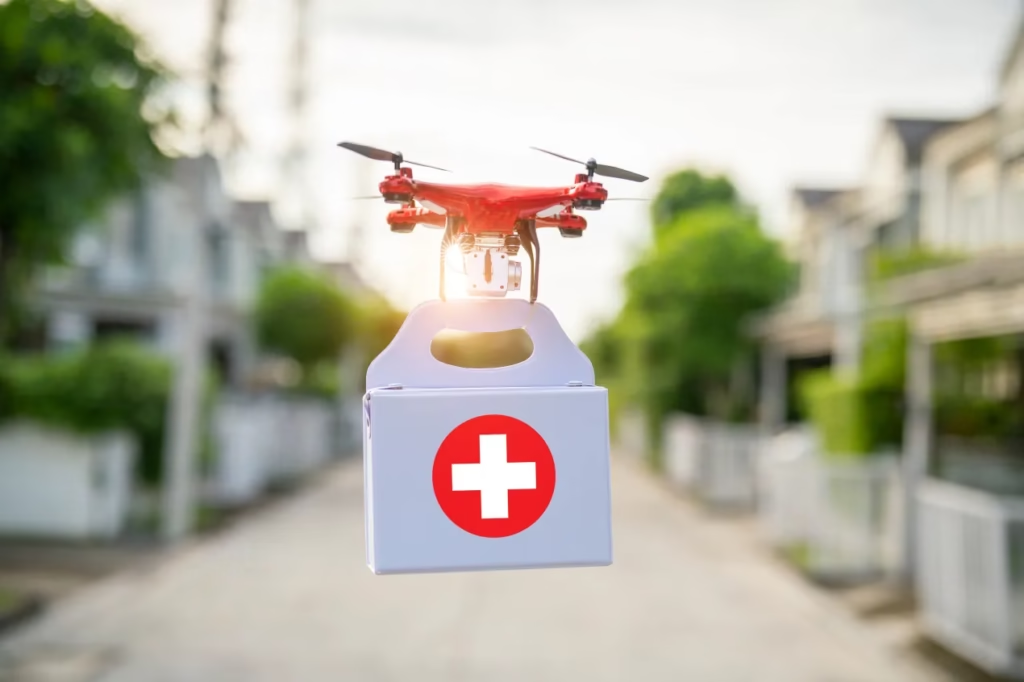
The use of drones in emergency medical services has introduced a new dimension to rapid response capabilities. Drones equipped with Automated External Defibrillators (AEDs) and other critical medical supplies can reach emergency scenes faster than traditional ambulances, particularly in congested or remote areas.
By reducing response times, drone-enhanced EMS can significantly improve survival rates in time-sensitive situations such as cardiac arrests. Ongoing advancements in drone technology and regulatory frameworks are expected to further integrate these systems into emergency response protocols.
9. Augmented Reality (AR) and Virtual Reality (VR) in Medical Training
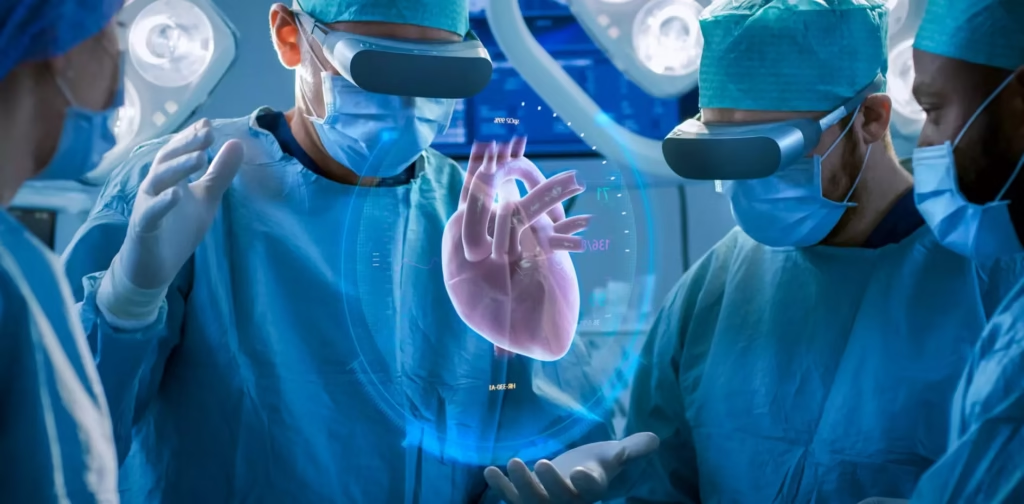
Augmented Reality (AR) and Virtual Reality (VR) technologies are transforming medical education and surgical planning. These immersive tools allow healthcare professionals to simulate complex procedures, enhancing their skills and reducing the risk of errors in real-life surgeries.
In rehabilitation settings, VR applications are being used to aid recovery by providing interactive environments that motivate patients and track progress. The continued development of AR and VR technologies promises to further enrich medical training and patient care experiences.
10. Cross-Industry Collaborations in Healthcare Innovation

The future of healthcare innovation lies in cross-industry collaborations that bring together expertise from various sectors. Partnerships between healthcare providers, technology companies, and other industries are fostering the development of integrated solutions that address complex health challenges .
For example, collaborations between tech firms and healthcare institutions are leading to the creation of AI-driven diagnostic tools and personalized treatment platforms. These synergistic efforts are essential in driving sustainable growth and delivering value-driven healthcare outcomes.
Conclusion
The convergence of technology and healthcare in 2025 is ushering in an era of unprecedented innovation. These emerging technologies are not only enhancing the efficiency and effectiveness of healthcare delivery but also empowering patients to take an active role in their health journeys. As these advancements continue to evolve, they hold the promise of a more accessible, personalized, and equitable healthcare system for all.
Click here to read more about HEALTH NEWS.
![]()



